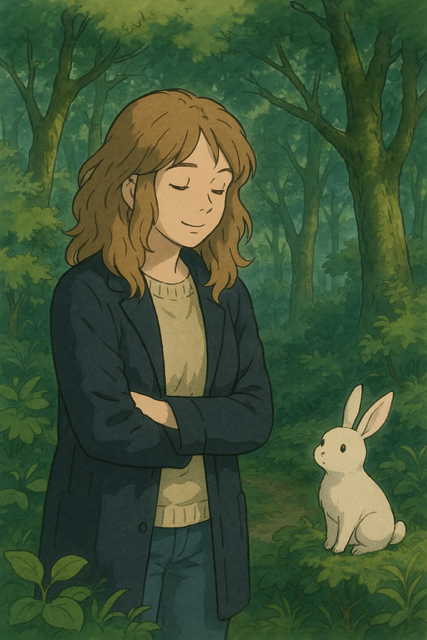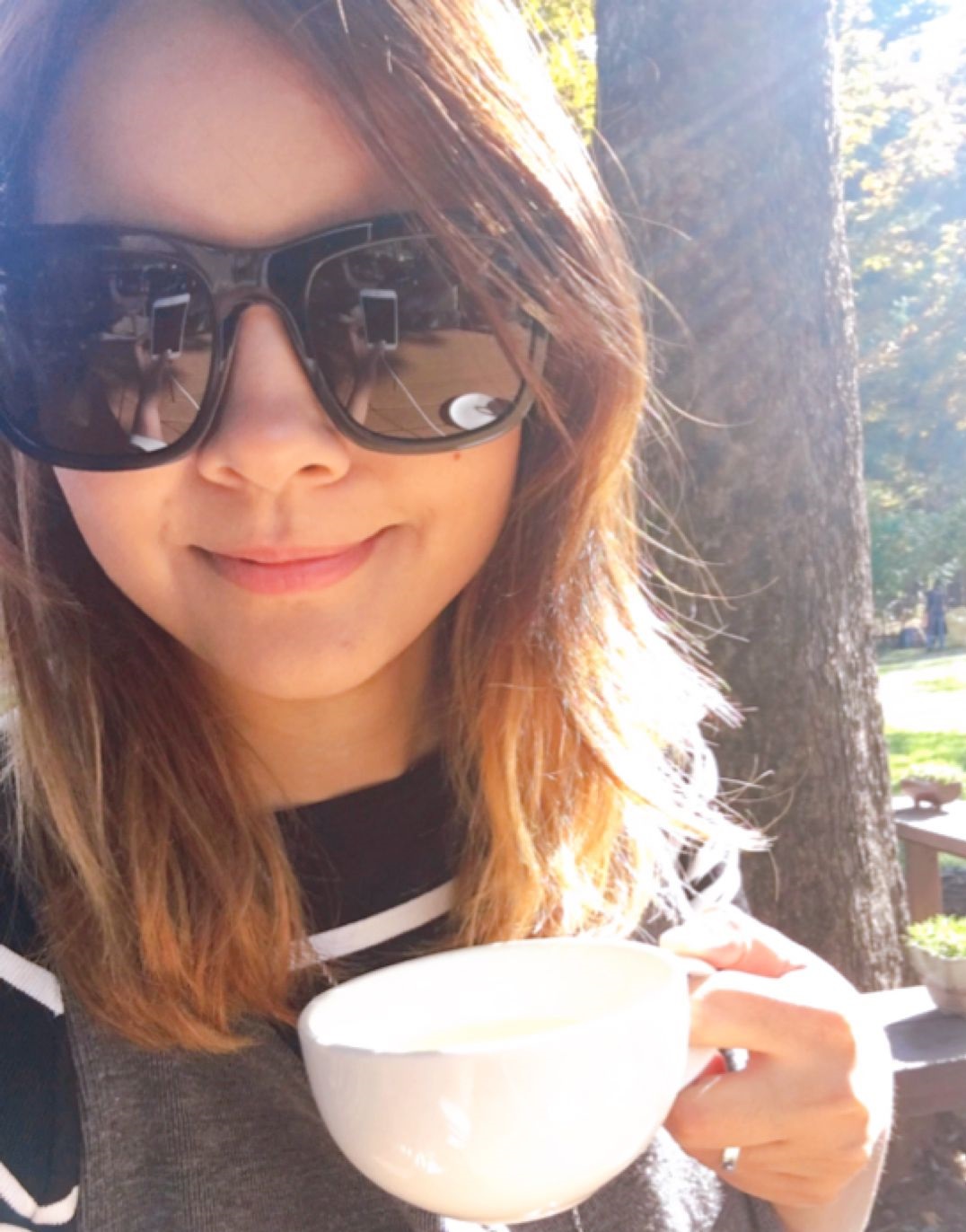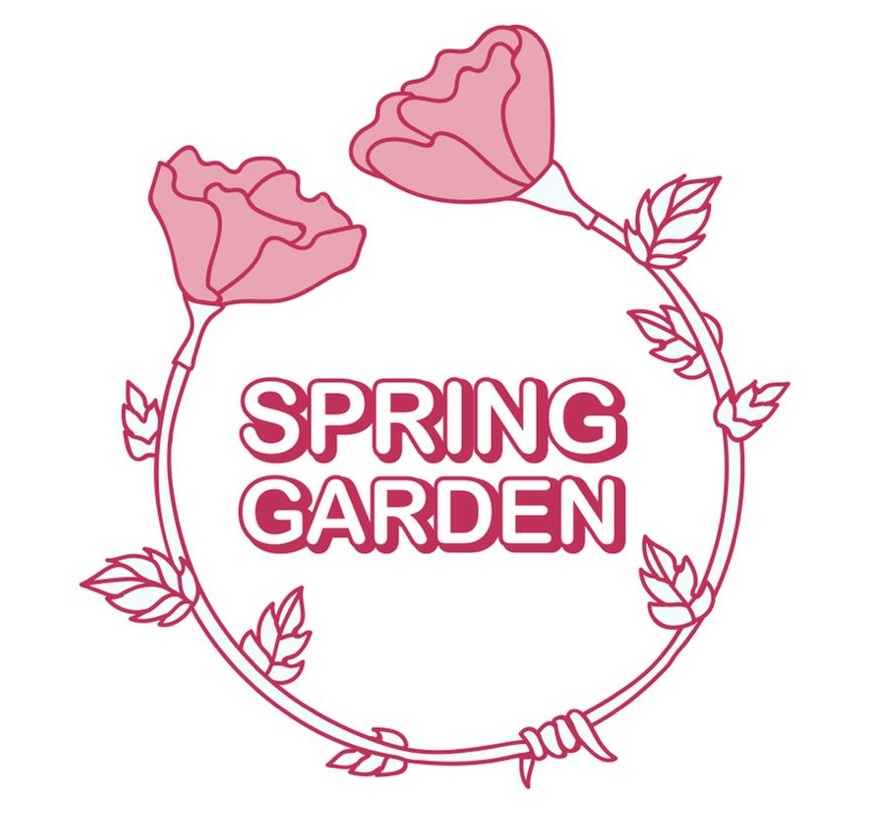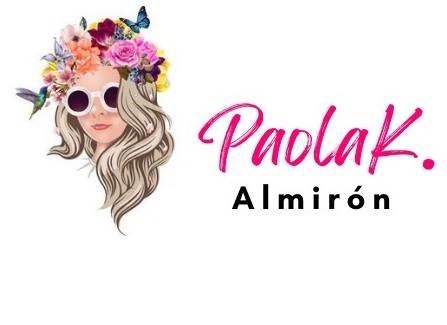 IA Generated image
IA Generated image
In an era where artificial intelligence is rapidly reshaping the way we create and consume art, a growing trend has surfaced: AI-generated visuals that imitate the distinct aesthetic of beloved animation studio, Studio Ghibli. With the latest update to GPT-4o released this week, the technology can now generate even more accurate visuals and follow highly detailed prompts, including mimicking “a vast variety of image styles”—Ghibli included.
At first glance, it’s undeniably impressive. AI can now render dreamy forests, soft lighting, and whimsical characters reminiscent of My Neighbor Totoro or Spirited Away. But behind the admiration lies a deeper, more uncomfortable question: At what cost are we replicating these masterpieces?
Back in 2016, long before the AI boom hit its current stride, Ghibli co-founder Hayao Miyazaki voiced his disdain for machine-made art. In a now-viral video, he criticized an AI-generated animation clip, calling it an “insult to life itself.” For Miyazaki, whose entire career has revolved around hand-drawn storytelling and emotional authenticity, AI is not just a shortcut—it’s a threat to the essence of art.
IA Generated image
And he’s not alone in thinking that. The use of AI to mimic iconic styles raises serious copyright and ethical concerns. While technology blurs the lines of inspiration and imitation, the question remains: should it be legal—or even moral—to generate art in the style of a living, copyright-protected studio?
Studio Ghibli, founded in 1985 by Isao Takahata and Hayao Miyazaki, isn’t just a company—it’s a cultural legacy. With international hits like Kiki’s Delivery Service, Ponyo, and the Oscar-winning The Boy and the Heron, Ghibli’s visual language has become globally iconic. But that’s exactly why it must be protected.
AI may have power, but it lacks soul. It can replicate the brushstrokes, but not the humanity behind them. As we enter an age where creativity and code coexist, we must ask ourselves: Is technical brilliance worth diluting the emotional truth that makes art timeless?
There’s no doubt that AI will continue to evolve, but perhaps we should remember what makes Studio Ghibli’s world so enchanting—it’s not just the visuals, but the hands, hearts, and dreams behind them. And that’s something no algorithm can replace.
What do you think?
Paola Almiron




